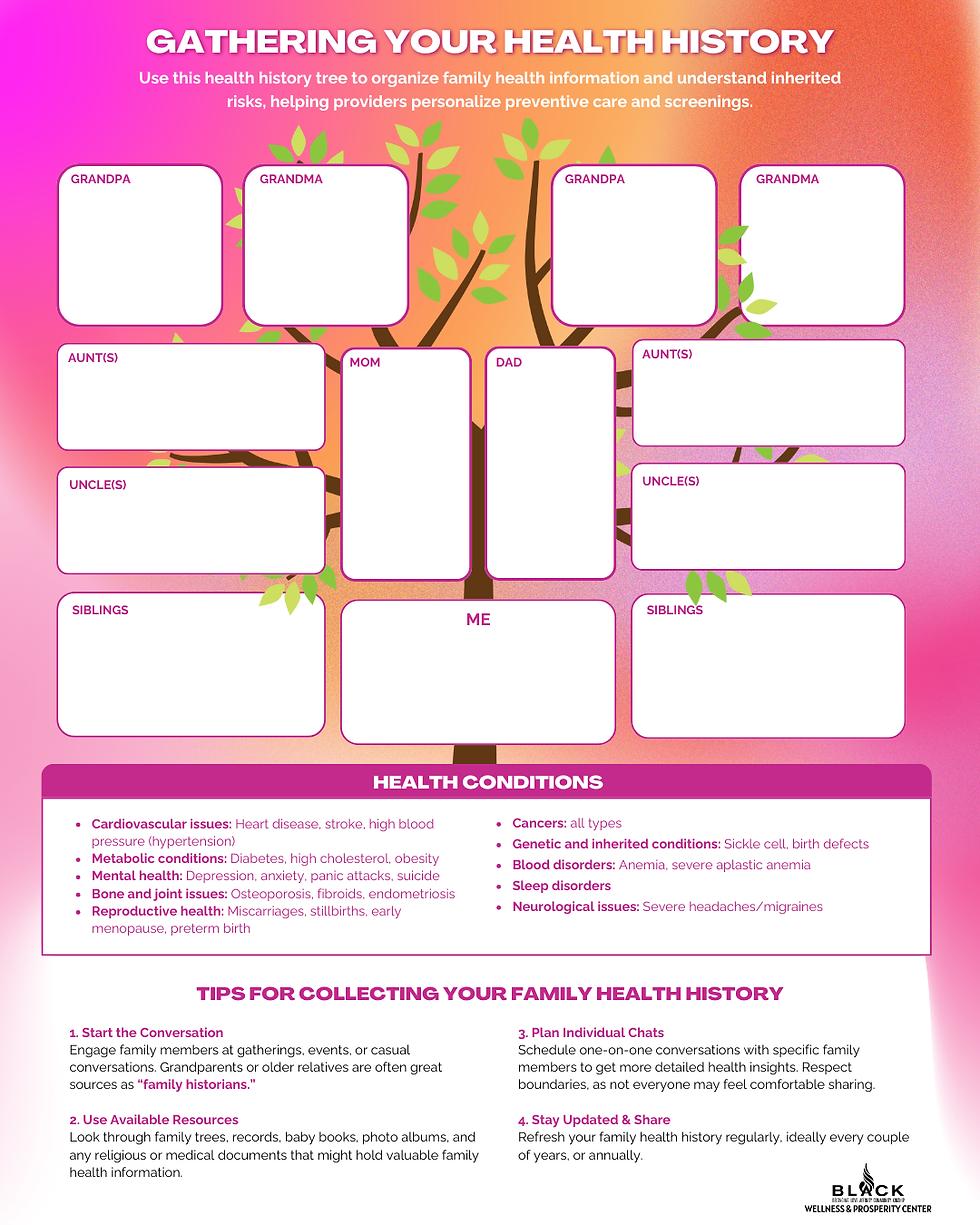BREASTFEEDING CHALLENGES
- Shantay Davies-Balch

- May 30
- 6 min read
Updated: Jun 4
Breastfeeding comes with a variety of challenges. You're not alone!
It is normal to feel frustrated when you're encountering obstacles, but don't give up. With practice and support, you can learn how to manage the following challenges. There are too many benefits for you and your baby to stop breastfeeding.
Types of Breastfeeding Challenges
Engorgement
It’s normal for your breasts to become larger, feel heavier, and be a little tender as your supply increases. Engorgement can make your breasts feel very hard, lumpy, and can be painful.
You may start experiencing engorgement 3-5 days after giving birth but it can occur any time during your breastfeeding journey. Engorgement can lead to breast infection if breastmilk is not thoroughly expressed from your breast.
Engorgement symptoms include:
Breast swelling
Breast tenderness
Throbbing
Flattening of the nipple
Low-grade fever

What you can do:
Talk with a lactation expert to make sure your baby latches onto your breast well before you leave the hospital.
If you are returning to work, try to pump your milk at the same time that your baby would breastfeed at home.
Low Milk
Most breastfeeding mothers make plenty of milk to support their baby’s needs. When your baby reaches 6 weeks to 2 months old, your breast may not feel as full as when you first began breastfeeding.
You and your baby may start to nurse for only five minutes each session. This just means you are both adjusting to breastfeeding and getting better at it!
Don’t be worried if your baby seems to want to eat more, they may be going through a growth spurt. Pay attention to hunger cues and follow your baby’s lead.
Let your baby’s pediatrician know if you are concerned with the amount of milk your baby is getting. Remember that breastfeeding your baby more often helps increase milk supply!
If you're concerned about low milk supply try the following:
Make sure your baby is latched properly and is in a comfortable position.
Breastfeed often and let your baby decide when it’s time to end the feeding session.
Breastfeed from both breasts at every feeding. Start with one breast for as long as the baby is still sucking and swallowing. Offer your second breast when your baby slows down or stops feeding from the first.
Supplement with stored pre-expressed or pumped breastmilk.
Too Much Milk
An overfull breast can make breastfeeding uncomfortable for you and your baby.
What you can do:
If you feel uncomfortable because your breasts are too full and engorged, hand express or pump to relieve the pressure. Store safely expressed milk.
Pay attention to your baby’s hunger cues to prevent them from becoming overly hungry and aggressively sucking on your breast. (Learn about your baby's cues HERE and HERE.)
If you have an overabundant supply safely store your expressed milk. Learn about safe milk storage HERE. You can also donate your breastmilk.
Nipples (Inverted, Flat, or Large)
Some women have nipples that turn inward or are flat. Engorgement or swelling may also cause temporary flattening of the nipples. Flat nipples and large nipples can make it more challenging to breastfeed your baby.
What you can do:
Talk to your provider or a lactation consultant if you are concerned about your nipples and their effect on breastfeeding
Mothers with larger nipples will be able to improve their baby’s latch over time as the baby grows. It may take several weeks for your baby to latch properly, especially if your baby is preterm.
Nursing Strike
Mastitis
Mastitis (mast-EYE-tiss) is inflammation of the breast that can be caused by clogged or plugged milk ducts.
Symptoms can include:
Soreness or a lump in the breast(s)
Fever and/or flu-like symptoms such as feeling run down or body aches
Yellowish discharge from the nipple that resembles colostrum
Breasts that are warm or hot to the touch and appear pink or red
Mastitis usually occurs in only one breast. It can be hard to differentiate a breast infection from a plugged duct because of similar symptoms. If you feel you have a breast infection, visit your doctor to receive treatment that is right for you.
Go see your doctor right away if you experience any of the following:
Pus or mucus like substance or blood in your breastmilk
Red streaks near the affected area of the breast
What you can do
Breastfeed or hand-express on the infected side every two hours or more. Breastfeeding from the infected side more frequently will keep your breastmilk moving and your breast from becoming overly full. You can’t pass a breast infection to your baby through breast milk.
Massage the infected breast by moving your fingers in a circular motion and toward the nipple.
Apply heat to the affected area using a warm, wet cloth.
Stay hydrated by drinking plenty of water.
Wear a well-fitting bra to prevent constriction of milk ducts.
Plugged Ducts

Plugged ducts are common in breastfeeding mothers.
A plugged milk duct feels like a tender and sore lump in the breast. If you have other symptoms such as a fever that accompanies the tenderness and soreness, you probably have a breast infection rather than a plugged milk duct.
A plugged duct happens when a milk duct does not drain properly. Pressure then builds up behind the plug, and the surrounding tissue gets inflamed.
Risk factors for plugged ducts include:
Stress, fatigue, anemia and a weakened immune system.
Breast not emptied enough after feeding:Plugged ducts are possible when there is a change in breastfeeding schedule, an abrupt weaning or overuse of a pacifier.
Pressure on the breast:This could include pressure from fingers during feedings, tight clothing around or on the breast, or underwire bras.
Limited time during feedings:This could occur if feedings are rushed or if you are feeding multiples.
What you can do:
Breastfeed/hand-express on the breast with the plugged duct as often as possible. This can help loosen the plug in the duct and keep your breastmilk moving.
Massage the sore area. Move your fingers in a circular motion and massage toward the nipple. You can use a warm compress or towel on the sore area.
Have close friends and family members do housework and care for your baby while you get extra sleep and relax to speed the healing process.
Wear a well-fitting, supportive bra to prevent constriction of your milk ducts.
If you are experiencing plugged milk ducts often, consult with a lactation expert for help.
Sore Nipples
You may experience sore or tender nipples when you first begin breastfeeding. Finding the best breastfeeding position for you and your baby and developing a good latch will make breastfeeding a more comfortable and natural experience.
What you can do:
Your baby should latch onto and feed from the darker-colored area around the nipple known as the areola.
If you are uncomfortable breastfeeding your baby because it is painful, you can reach out to a lactation consultant. Contact your local WIC office to find a lactation consultant. Inconsistent breastfeeding can cause more pain from engorgement and reduce your milk supply.
Try experimenting with breastfeeding positions. View Positions and Latching resources on our website to find the positions that are comfortable for you and your baby here
You can soothe cracked nipples by keeping them moisturized.
Try one or all of these tips to soothe your nipples:
After breastfeeding, you can express a few drops of breastmilk and massage the milk onto your breasts. Breastmilk contains natural healing and soothing properties.
You can use natural oils such as coconut oil, purified lanolin cream or ointment made for breastfeeding.
After each breastfeeding session, let your nipples air dry instead of using a towel.
Talk to your physician or a lactation specialist before using a nipple shield (a plastic device that covers your nipple and helps with breastfeeding).
Change your nursing pads often to prevent cracked nipples.
Strong Letdown
Letdown is a reflex that happens when your baby begins to nurse. The nerves in your breast send signals that release the milk into your milk ducts. You may experience a strong letdown when your baby cannot handle the volume of milk.
What you can do:
Hold your nipple with your index and middle fingers or with the side of your hand. Gently press on your milk ducts to reduce the flow of milk.
Allow your baby to latch and unlatch from your breasts whenever they want to.
Try different positions that reduce the force of gravity and help slow the flow of milk. Positions to try include the side-lying position and the football hold. (See the Breastfeeding holds a section for illustrations of these positions.)
Thrush




